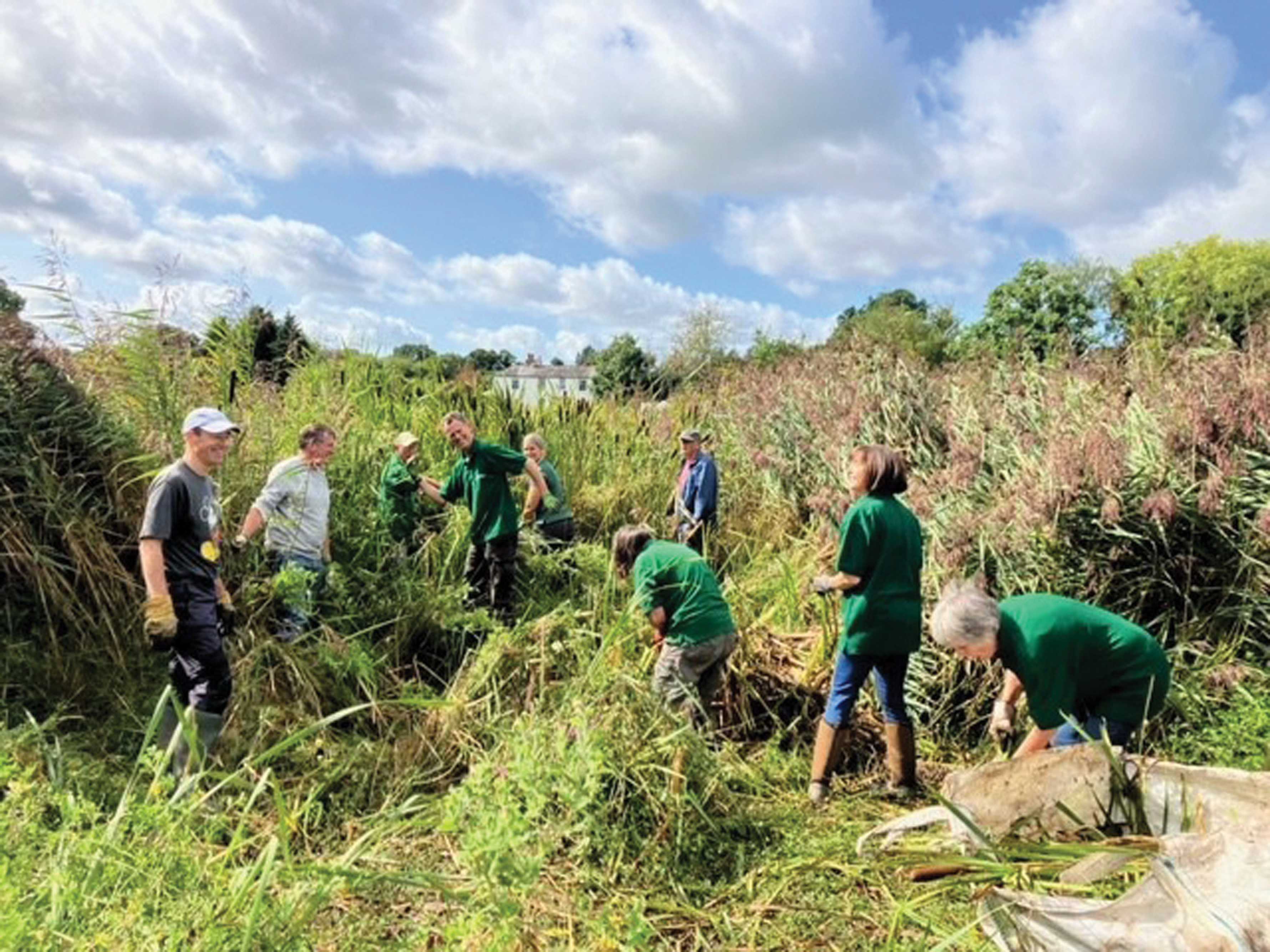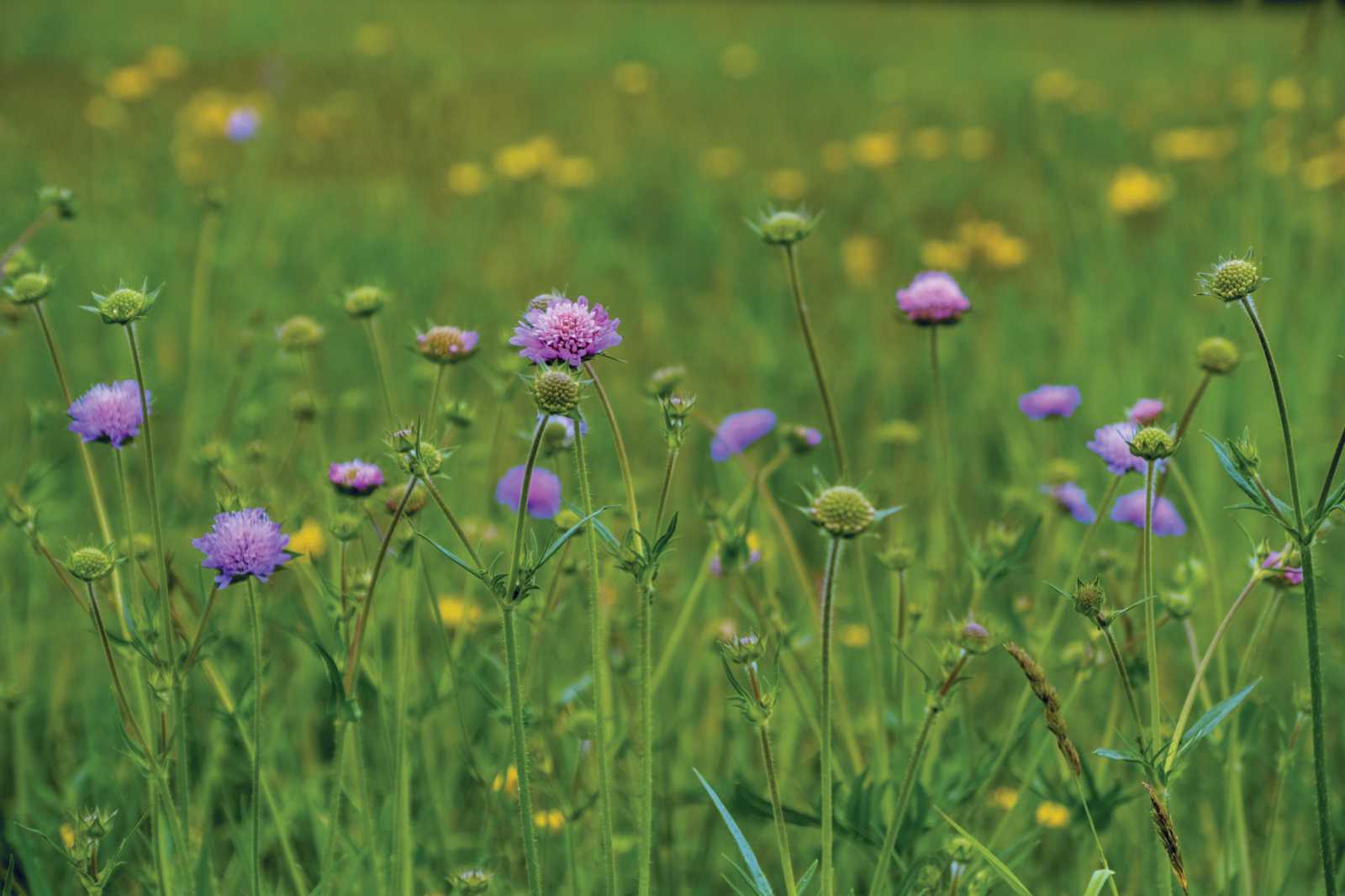Henfield is fortunate to have some wonderful open spaces in and around the village including the Commons – Henfield, Broadmere and Oreham - as well as the Tanyard. These sites are all owned by Horsham District Council (HDC) and managed by the Henfield Commons Joint Committee (HCJC). In recent months, HDC’s Countryside Warden team has been working in partnership with the HCJC, Henfield Parish Council and Henfield Conservation Volunteers to manage the sites.
The Commons are all Local Wildlife Sites, which means they have been designated as especially important due to their unique characteristics and species. They are also vital within the wider landscape for increasing connectivity between areas with ecologically important species and creating a mosaic of wildlife friendly places throughout Sussex. Each site has its own special variety of habitats which must be managed sympathetically, to protect their wildlife as well as providing attractive public open spaces for all to enjoy.
Henfield Common
At Henfield Common, the main objective of the management plan is to restore, enhance and conserve the special features of the site. For biodiversity, the main priorities are:
To manage the open marsh and grassland habitats. There is a ‘cut and collect’ mowing regime in place for these areas. This will reduce nutrients over time, weakening dominant grasses and giving wildflowers and rare wetland plants a chance to thrive.
To manage the reedbed by rotational mowing with cut material and scrub removal to prevent further spread of reed-dominated and woody vegetation.
To control invasive, non-native plant species, such as Cherry Laurel, Bamboo and Montbretia, that are having an adverse impact on native habitats and species.
In addition to the main priorities, we also carry out:
Ditch management e.g. the ditches along the causeway needs to have regular clearance of silt and scrub to protect the wetland habitat associated with these.
Woodland management e.g. we are planning further ash dieback safety works along the footpaths, as well as thinning, scalloping, and coppicing to improve woodland biodiversity.
Broadmere Common
Broadmere Common habitats include ponds, areas of open fen, willow carr and woodland. Historically, livestock grazing meant Broadmere was a more open site and home to rare wetland plants. The open habitats are now being encroached by willow and scrub. The aim of the management is to restore and conserve the unique habitats that originally earned the Broadmere its Local Wildlife Site status. In the absence of livestock grazing, management includes:
Clearing willow and other woody species and on the edges on the open areas, around ponds, and along the stream. The aim is to open up areas that have scrubbed in relatively recent years, in an effort to restore wetland vegetation that is so important for a host of wildlife including dragonflies and amphibians.
In the woodland, we have conducted safety ash dieback works along the lanes and footpaths.
Oreham Common
Oreham Common features grasslands ponds and large areas of scrub. Management at Oreham includes:
A ‘cut and collect’ mowing regime for the grasslands.
Rotational scrub management. Scrub is great for wildlife including Nightingales, which sing at Oreham in spring. Nightingales like dense scrubby edges for nesting. If we leave the scrub without management, it will eventually become less dense and unsuitable for breeding Nightingales. We are planning to scallop areas of scrub to create the right conditions.
Pond management, such as willow coppicing and managing reedmace.
The Tanyard
The Tanyard is an important asset for wildlife
in the heart of the village, with its wet and dry grasslands, ponds, and scrubby edges. Current management include:
A ‘cut and collect’ mowing regime of the grasslands.
Scrub management, where is encroaches on the grasslands.
Hedge management including hedge laying and rotational flailing. Cutting a hedge every year is not great for wildlife, as most flowers and berries grow on second year growth.
Visitors and recreation
Our ecological management plans focus on maximising biodiversity but do not exclude
or minimise other uses of the Commons. We recognise that the Commons are valued locally for a range of recreational uses and that will continue. For example, The Henfield Common Fair and Show is due to return to Henfield Common in September 2025.
Malin Andersson

Would you like to get involved?
Land management can be very labour intensive, and we rely on help and support from the local community to make it a success. If you would like to get involved with the practical management of the Commons/Tanyard or assist with ecological monitoring, please get in touch with the Henfield Conservation Volunteers who arrange regular work parties.
henfieldconservation@gmail.com or HDC Parks and Countryside Team on Parks@horsham.gov.uk
